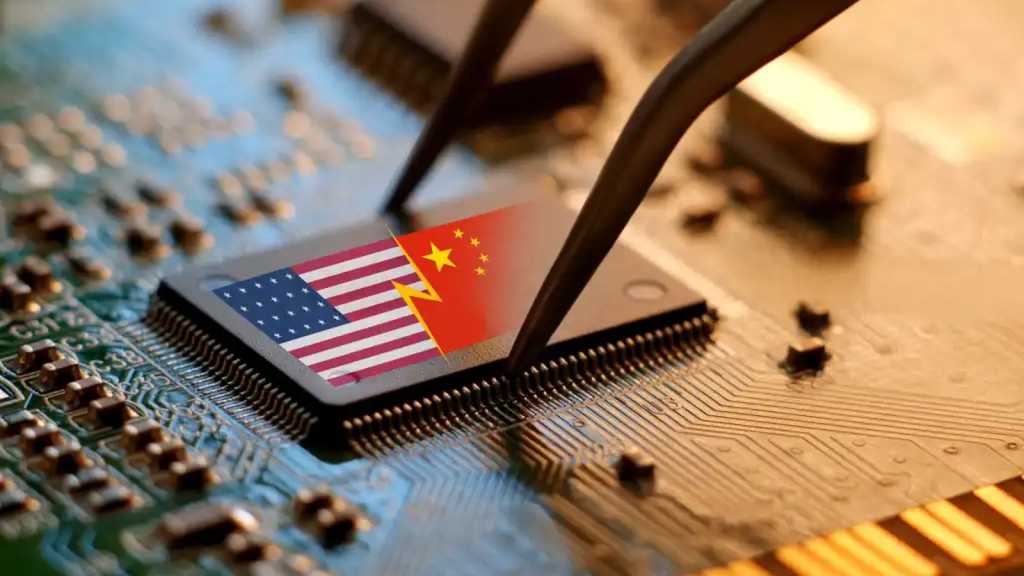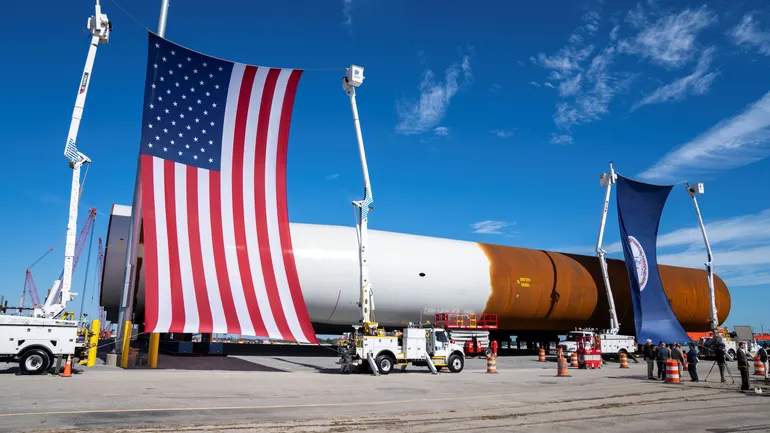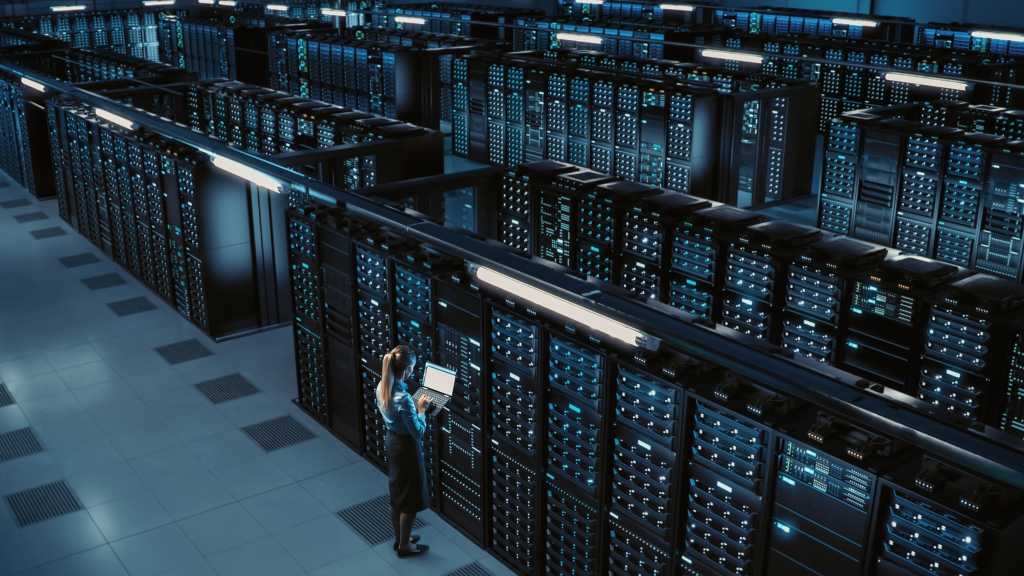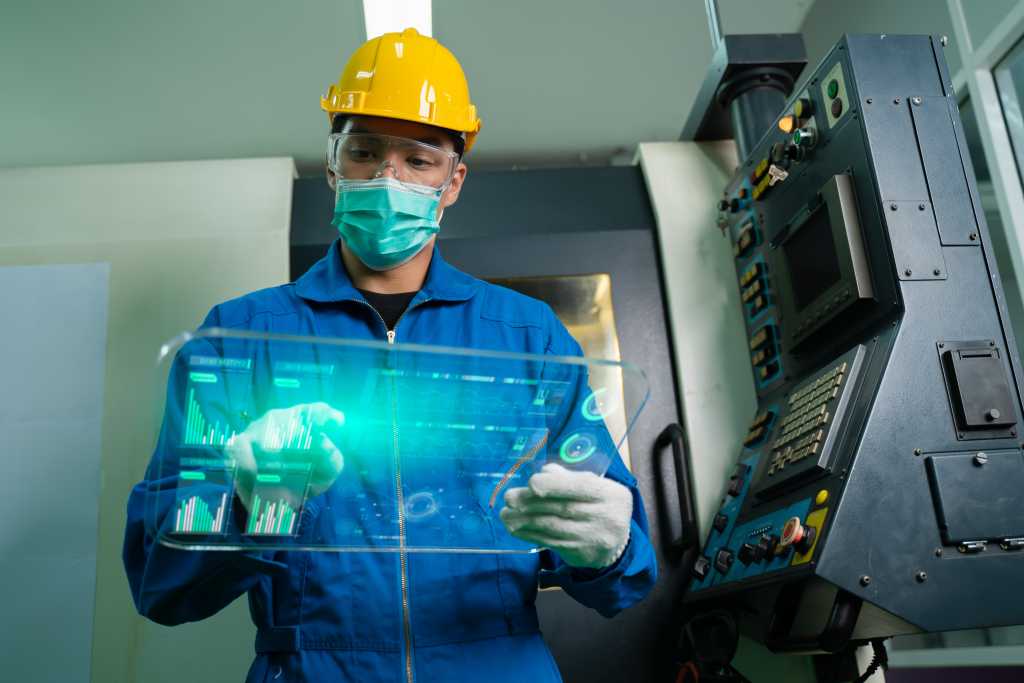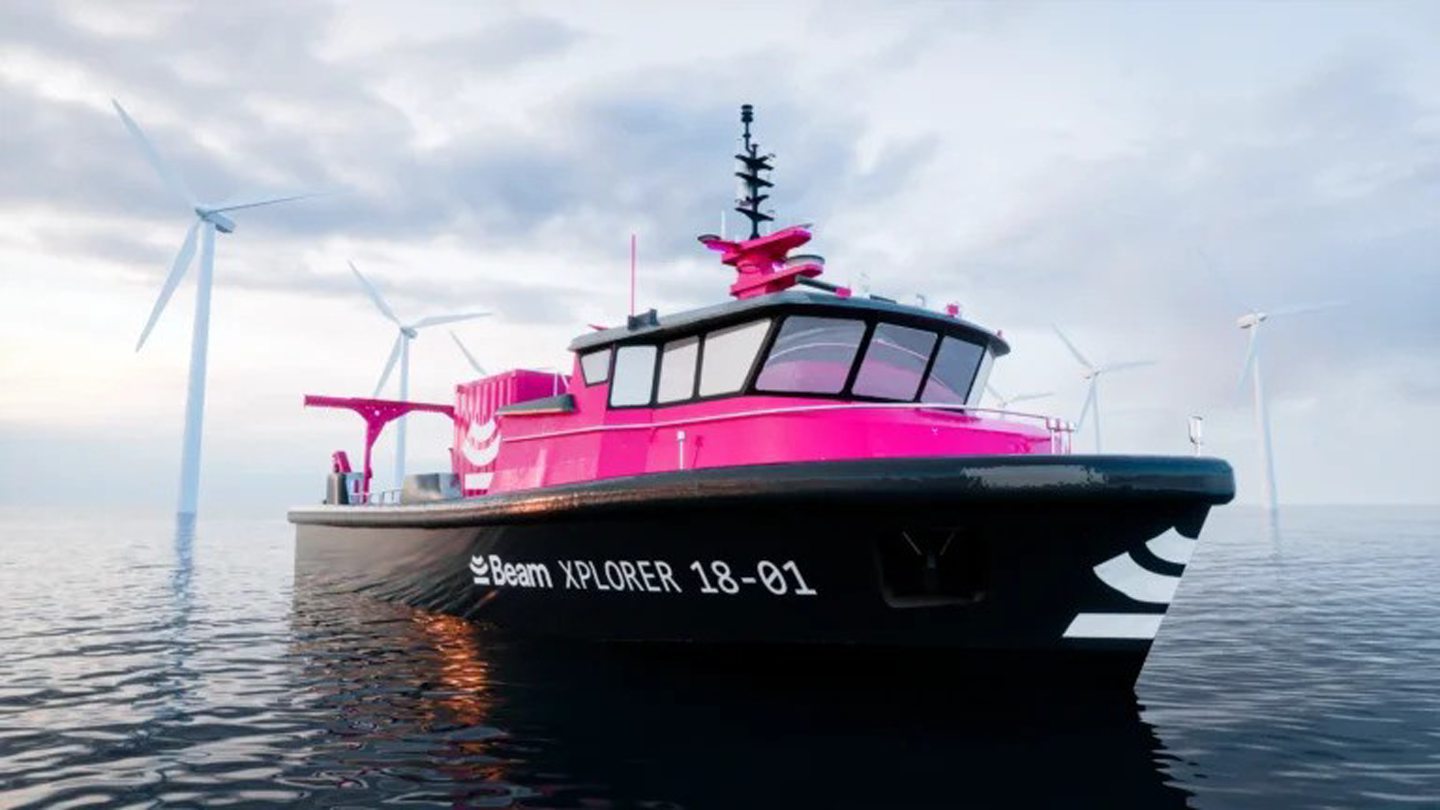
Shuttered offshore and subsea technology company Beam has appointed RSM UK Restructuring Advisory as its administrators.
The group’s partner and co-head of restructuring Damian Webb and restructuring partner David Shambrook will lead work to handle the failed Bristol-headquartered company.
Employees of the Beam, formerly Rovco, recently rook to social media to confirm their shock at having suddenly been made redundant, with 162 of its 195 employees having lost their jobs.
The administrators are currently exploring ways to maximise returns for the Beam’s creditors and to preserve jobs for staff where possible.
Maritime technology and naval architecture consultancy Tymor Marine is one of the company’s creditors.
Beam brought them onboard to mobilise some of its vessels, with Tymor designing the fastenings to secure a remote operated vehicle (ROV) to the back of the ship’s deck.
Speaking to Energy Voice, Tymor Marine managing director Kevin Moran said that the cost of the work as of the end of March was around £23,000.
“But they also owe us money for approvals for some of their equipment, where we had to go through a third-party authority,” he said, accounting for around £4,000 of the figure.
Founded in 2015, Beam was formed when Rovco and Vaarst merged in September last year. It provided automated offshore wind operations, including development and maintenance, through the integration of artificial intelligence and machine learning technologies
Since launching, the two firms have raised close to £50 million from investors across three funding rounds in 2019, 2022 and 2024.
However, reports claim the company’s most recent equity raise was unsuccessful, and an accelerated sale of the business and assets was unfruitful, leading to it entering administration.
The company reported an £8.1m loss before tax in 2023, following an £8.7m loss in 2022.
In addition to its Bristol office, the company has additional bases in Edinburgh and Aberdeen. Beam had recently embarked on a recruitment drive in Scotland as part of expansion efforts.
In May last year, Rovco pledged to create over 100 new jobs in Scotland alongside expanding to the US and Asia.
Backers of the Bristol-headquartered firm included Foresight Group, Equinor, through Equinor Ventures, and American defence sector investor IQT.



